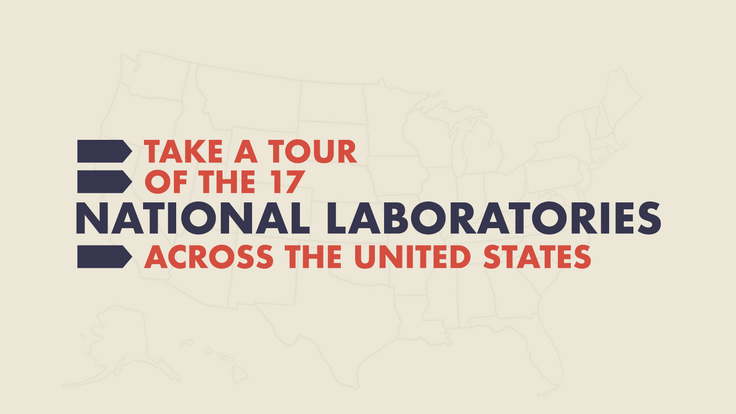Physicists could be on their way to discovering the Higgs boson, if it exists, by next year. Scientists in two experiments at the Large Hadron Collider pleasantly surprised attendees at the European Physical Society conference this afternoon by both showing small hints of what could be the prized particle in the same area.
“This is what we expect to find on the road to the Higgs,” said Gigi Rolandi, physics coordinator for the CMS experiment.
Both experiments found excesses in the 130-150 GeV mass region. But the excesses did not have enough statistical significance to count as evidence of the Higgs.
If the Higgs really is lurking in this region, it is still in reach of experiments at Fermilab’s Tevatron. Although the accelerator will shut down for good at the end of September, Fermilab's CDF and DZero experiments will continue to collect data up until that point and to improve their analyses.
“This should give us the sensitivity to make a new statement about the 114-180 mass range,” said Rob Roser, CDF co-spokesperson. Read more about the differences between Higgs searches at the Tevatron and at the LHC here.
The CDF and DZero experiments announced expanded exclusions in the search for their specialty, the low-mass Higgs, this morning. On Wednesday, the two experiments will announce their combined Higgs results.
Scientists measure statistical significance in units called sigma, written as the Greek letter σ. These high-energy experiments usually require 3σ level of confidence, about 99.7 percent certainty, to claim they’ve seen evidence of something. They need 5σ to claim a discovery. The ATLAS experiment reported excesses at confidence levels between 2 and 2.8σ, and the CMS experiment found similar excesses at close to 3σ.
After the two experiments combine their results -- a mathematical process much more arduous than simple addition -- they could find themselves on new ground. They hope to do this in the next few months, at the latest by the winter conferences, said Kyle Cranmer, an assistant professor at New York University who presented the results for the ATLAS collaboration.
“The fact that these two experiments with different issues, different approaches and different modeling found similar results leads you to believe it might not be just a fluke,” Cranmer said. “This is what it would look like if it were real.”
If the accelerator and the detectors continue to function as impressively as they have been, ATLAS and CMS should be able to at least double their data by the end of the year, increasing their reach. This could flatten the excesses if they turn out to be mere statistical fluctuations. Both experiments have seen bumps come and go as they’ve gone through their data, as have experiments before them.
“DZero has seen these kinds of effects vanish,” said Sebastien Greder of Institut Pluridisciplinaire Hubert Curien in Strasbourg, who presented DZero’s Higgs results.
The excesses could also be hints of new physics other than the Higgs. Whatever the case, scientists have made huge strides in ruling out places the Higgs could be hiding.
The ATLAS collaboration ruled out two areas, 155-190 GeV and 295-450 GeV, with a 95 percent confidence level. Similarly, the CMS collaboration excluded the ranges from 149-206 GeV and 300-440 GeV, plus three short segments in between, with the same confidence.
“We have excluded regions of mass not explored before by the Tevatron,” said Fabiola Gianotti, spokesperson for the ATLAS experiment. “The area where it can be has gotten narrower and narrower.”
The hunt continues.






